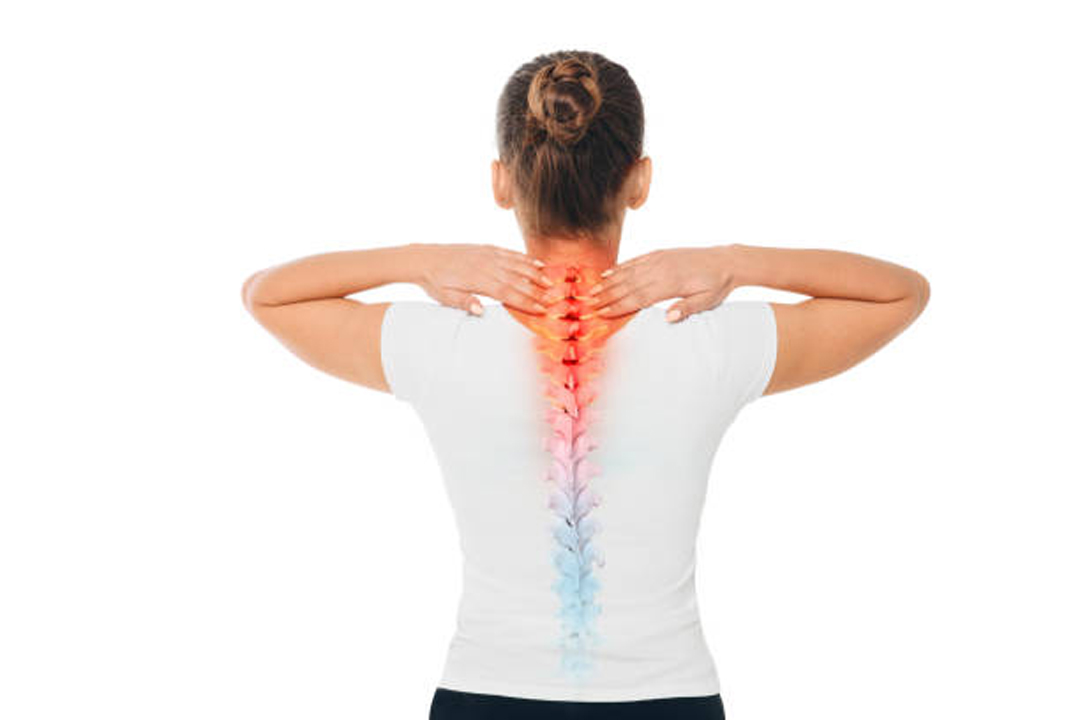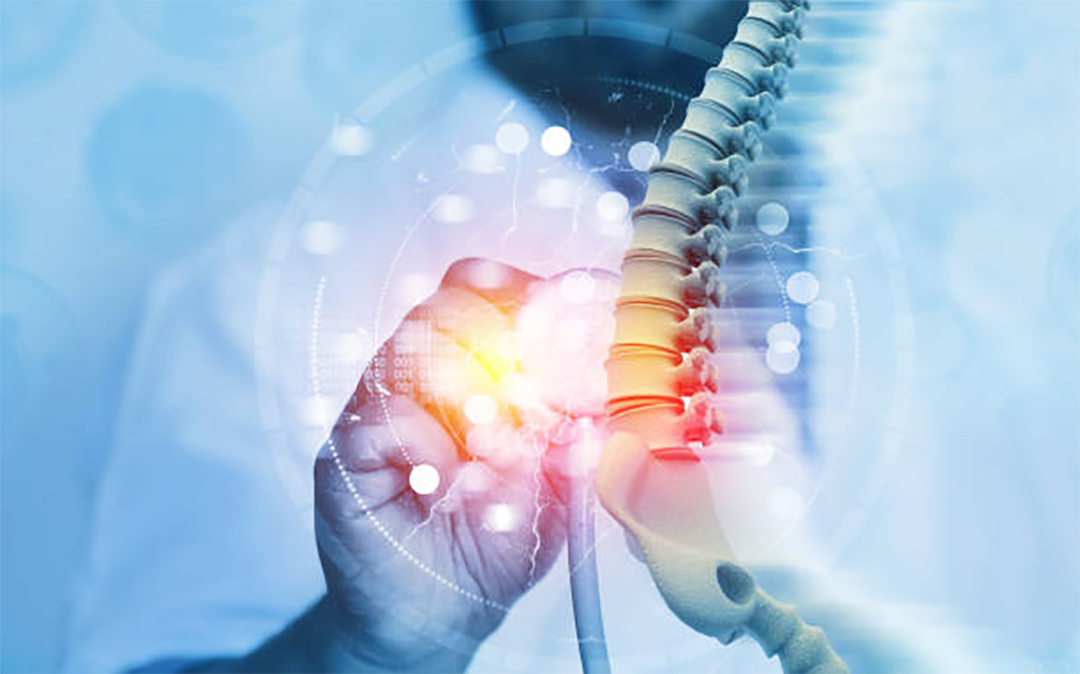
Spine pain can be a debilitating condition that affects millions of people worldwide. Spine pain can significantly impact one’s quality of life, whether it’s due to poor posture, injuries, or underlying medical conditions. However, managing and treating spine pain is possible with a multifaceted approach that combines lifestyle changes, therapeutic interventions, and, in some cases, medical interventions. This comprehensive guide explores the top tips on treating spine pain, addressing preventive measures, and practical strategies for relief.
Understanding Spine Pain
Before delving into treatment options, it’s essential to understand the many factors contributing to spine pain. The spine, a complex structure of bones, discs, ligaments, and muscles, supports the body and facilitates movement. With extreme chronic pain, your doctor may recommend orthopedic spine surgery to address underlying structural issues. However, surgery is often considered a last resort after conservative measures have been exhausted. Spine pain can result from numerous causes, including:
- Poor Posture: Extended periods of constantly sitting or standing with improper posture can strain the spine and its supporting structures, leading to pain.
- Muscle Strain: Overuse, muscle imbalances, or sudden movements can cause strain on the muscles supporting the spine, resulting in pain.
- Herniated Discs: Discs between the vertebrae can herniate, causing nerve pressure and resulting in pain, numbness, or tingling sensations.
- Degenerative Disc Disease: Natural aging can lead to disc wear and tear, contributing to conditions like osteoarthritis and degenerative disc disease.
- Spinal Stenosis: The narrowing of the spinal canal can compress the nerves, leading to pain, numbness, and weakness.
- Injuries: Traumatic events, such as falls, accidents, or sports injuries, can cause damage to the spine and surrounding tissues.
- Medical Conditions: Underlying conditions like osteoporosis, scoliosis, or infections can contribute to spine pain.
Top tips for treating spine pain
- Maintain Proper Posture: Good posture is crucial for spine health. Whether sitting at a desk, standing, or lifting objects, maintaining a neutral spine position helps distribute the load evenly, minimizing stress on the spine. Ergonomic chairs, supportive pillows, and regular breaks to stretch and move can contribute to better posture and reduce the risk of spine pain.
- Stay Active with Exercise: Regular physical activity is essential for spine health. Doing exercises that strengthen the core muscles, improve flexibility, and promote overall fitness can aid in supporting the spine, reducing the risk of pain. Low-impact activities like swimming, walking, and yoga are particularly beneficial for those with spine conditions.
- Core Strengthening Exercises: The core muscles, which include the abdominal and back muscles, support the spine. Incorporate core-strengthening exercises into your workout routine, such as planks, bridges, and pelvic tilts. Strengthening these muscles provides better stability for the spine and can alleviate pain.
- Stretching and Flexibility Exercises: Stretching exercises help maintain flexibility in the spine and surrounding muscles. Incorporate gentle neck, shoulders, back, and hamstring stretches into your daily routine. Yoga and tai chi are excellent practices that combine stretching with mindfulness, promoting overall spine health.
- Maintain a Healthy Weight: Excess weight can contribute to spine pain, especially in the lower back. Carrying excess weight places extensive stress on the spine and can exacerbate conditions like herniated discs or osteoarthritis. Maintaining a recommended weight based on your height through diet and regular exercise can reduce the burden on the spine and alleviate pain.
- Use Proper Lifting Techniques: Incorrect lifting techniques can lead to acute spine injuries. When lifting heavy objects, bend at the knees while keeping the back straight, using the leg muscles to lift. Avoid twisting while lifting, and use assistive devices or ask for help when handling heavy loads.
- Invest in Ergonomic Furniture: Whether at work or home, investing in ergonomic furniture can significantly prevent spine pain. Ergonomic chairs, desks, and computer setups promote proper posture and reduce strain on the spine during extended periods of sitting.
- Apply Heat and Cold Therapy: Heat and cold therapy can relieve spine pain. A heating pad or warm compress helps relax muscles, increasing blood flow, while cold packs can reduce inflammation and numb pain. Alternate between heat and cold therapy based on your specific needs.
- Over-the-Counter Pain Relief: Non-prescription pain relievers, such as ibuprofen or acetaminophen, can effectively manage mild to moderate spine pain. However, you must use these medications as directed and consult a healthcare practitioner, especially if the pain persists.
- Maintain Hydration: Staying hydrated is crucial for overall health, including the spine’s health. Water helps maintain the elasticity of spinal discs and supports the body’s natural healing processes. Aim to drink an adequate amount of water all throughout the day.
- Sleep on a Supportive Mattress: The mattress you sleep on can significantly impact spine health. Choose a bed that correctly supports your specific sleep preferences and spine alignment. Mattresses that are too soft or too firm may contribute to discomfort.
- Consider Physical Therapy: Physical therapy can benefit individuals experiencing chronic spine pain. A physical therapist can come up with a tailored exercise program, provide manual therapy, and offer guidance on improving posture and body mechanics.
- Explore Mind-Body Techniques: Mind-body techniques, such as mindfulness meditation, can help manage spine pain by promoting relaxation and reducing stress. These practices contribute to an overall sense of well-being and can complement other treatment strategies.
- Acupuncture and Massage Therapy: Alternative therapies like acupuncture and massage therapy have shown promise in relieving spine pain. Acupuncture involves the insertion of thin needles into certain points on the body, stimulating healing, while massage therapy helps relax muscles and improve circulation.
- Consult with Healthcare Professionals: If spine pain persists or worsens, seeking professional medical advice is crucial. Healthcare professionals, including orthopedic specialists, neurologists, or pain management specialists, can conduct thorough evaluations, order diagnostic tests, and recommend appropriate treatment options.

Spine pain is a common and often challenging condition, but with a comprehensive approach to treatment, individuals can find relief and improve their overall spine health. Adopting a combination of preventive measures, lifestyle changes, and targeted interventions is essential to address spine pain effectively.
Remember that individual responses to treatment may vary, and it’s crucial to work closely with healthcare professionals to develop a personalized treatment plan. Whether through exercise, proper posture, or medical interventions, prioritizing spine health contributes to a better quality of life. It allows individuals to engage in the activities they love without being hindered by pain.

